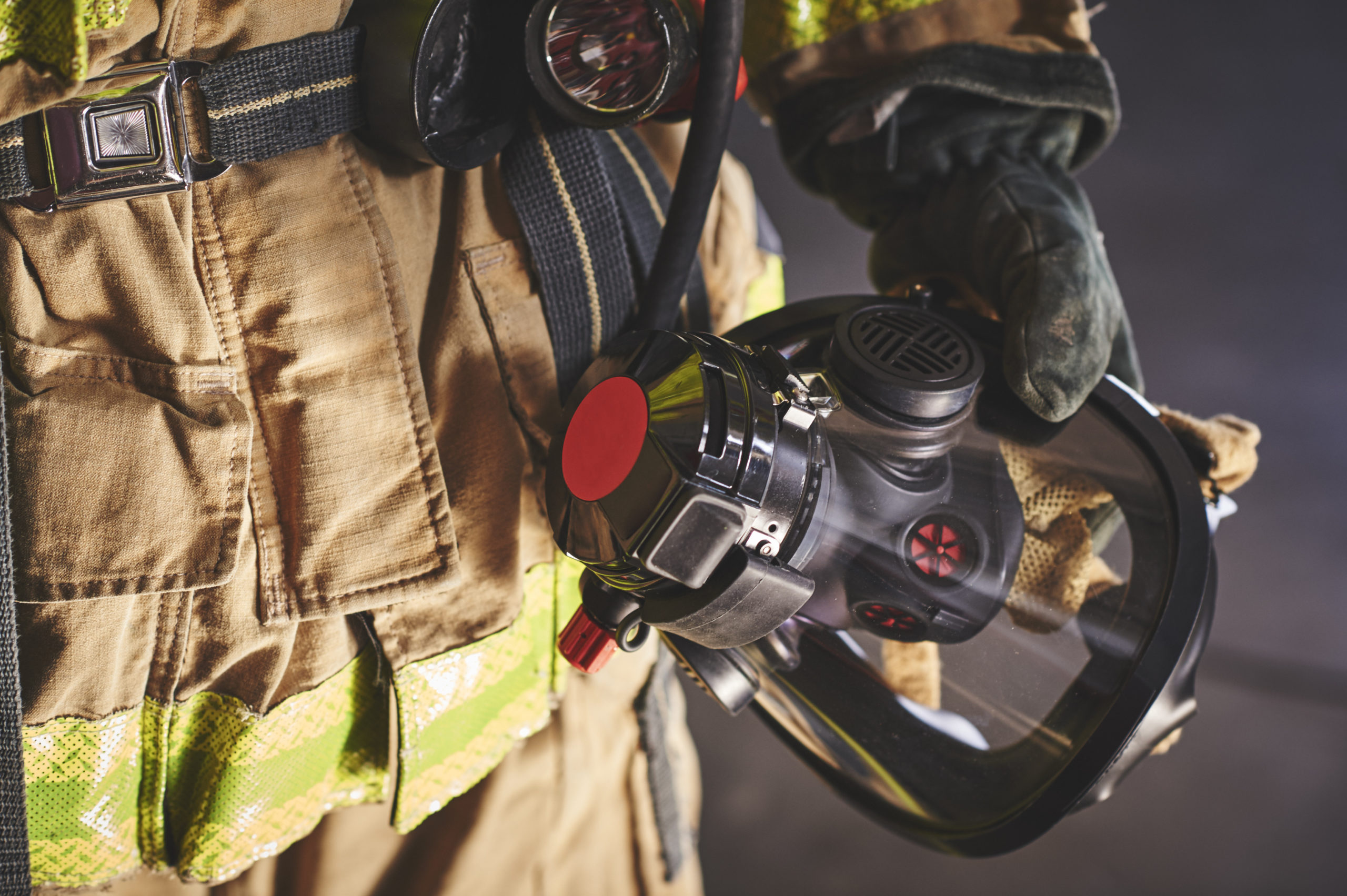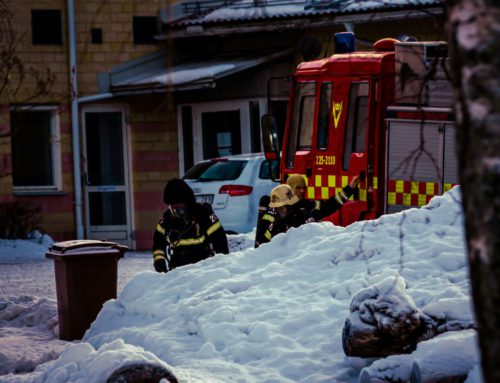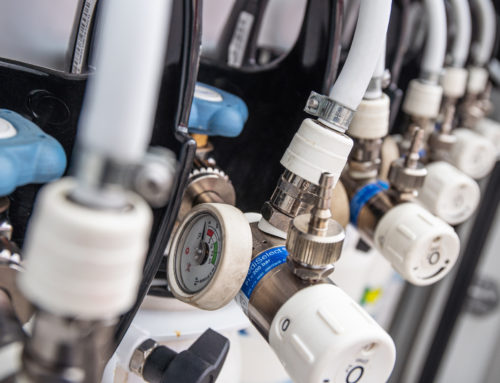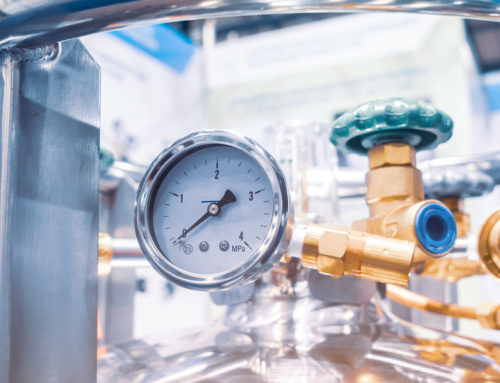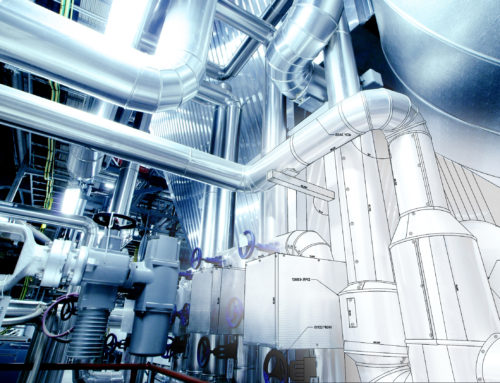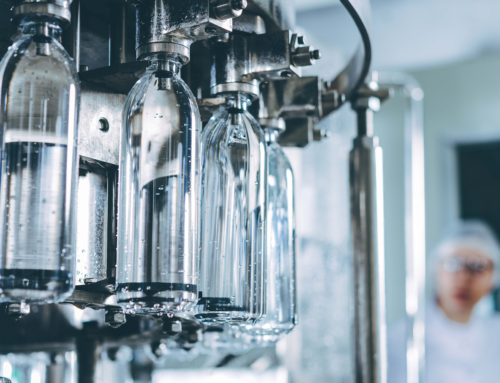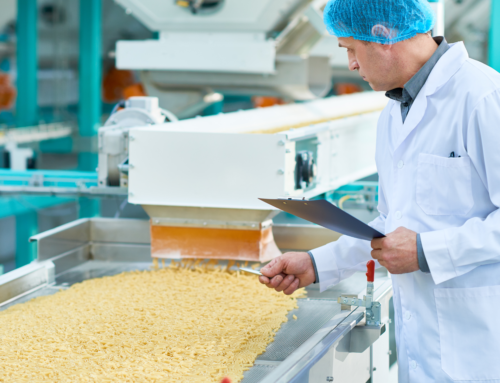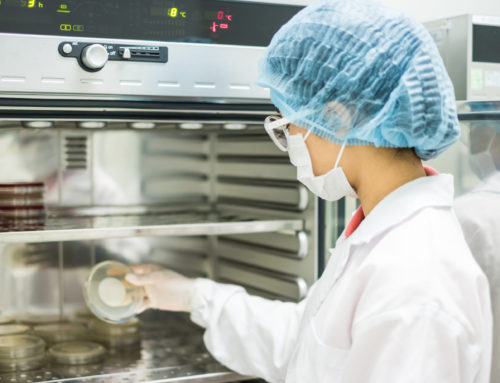Original article appears on FireRescue1.com
Every firefighter knows the dangers of inhaling smoke or toxic gases while on an incident. However, few think about the quality of the air coming out of their SCBA.
An SCBA (self-contained breathing apparatus) is a critical piece of equipment used to protect firefighters from the elements. The toxins found within a fire incident can put firefighters at risk, but if the air intended to protect them is contaminated, then they are still in danger. Fire departments must ensure that the air provided to their crew is safe to breathe. Contamination from unregulated or untested compressed air could be detrimental to the health of firefighters causing illness or inability to perform on incidents.
Compressed Breathing Air Contamination
- Carbon Dioxide: causes a person to breathe faster and deeper, thereby forcing more toxins into the system more quickly
- Carbon Monoxide: an odorless, tasteless, colorless contaminant that causes fatigue, nausea, and dizziness
- Water Vapor: leads to system corrosion or air blockage that can push dangerous particles and gases into the breathing air
- TVHC: can lead to dizziness, headaches, and confusion when inhaled
All of these contaminants could have disastrous effects if inhaled by firefighters on an incident. Since contaminants can cause firefighters to fall ill, incur long-lasting health issues and also damage the equipment and materials, regular testing is imperative. NFPA 1989 sets limits and requirements for each contaminant as well as stating that testing should occur quarterly. The goal of NFPA 1989 is to protect firefighters from a variety of preventable dangers.
How Contamination Works
Contamination can occur from a variety of courses including the intake air, system piping, systemic leaks, inadequate filtration and the act of compression. For example, the compression process squeezes water vapor from the ambient air, thereby contaminating the compressed air. Carbon Monoxide is produced when the compressor’s oil-based lubricants are exposed to heat. If the intake is located in an area where vehicles emit large quantities of exhaust, excess amounts of CO2 can contaminate the air.
Regular maintenance of compressed air systems can help ensure the quality of the compressed air. Since contamination can be introduced during maintenance it is equally important to test before and after this work is done to ensure that the system maintains the necessary quality levels.
Testing with an Accredited Laboratory
Working with an accredited laboratory like Trace Analytics can help ensure the safety of your fire department. Trace Analytics has two members on the Technical Committee of NFPA 1989 and we have been testing compressed air for 30 years. As experts in the industry, our laboratory is designed for precision and accuracy. Sampling is simple and straightforward with Trace.
Read more about compressed breathing air contaminants on FireRescue1.

